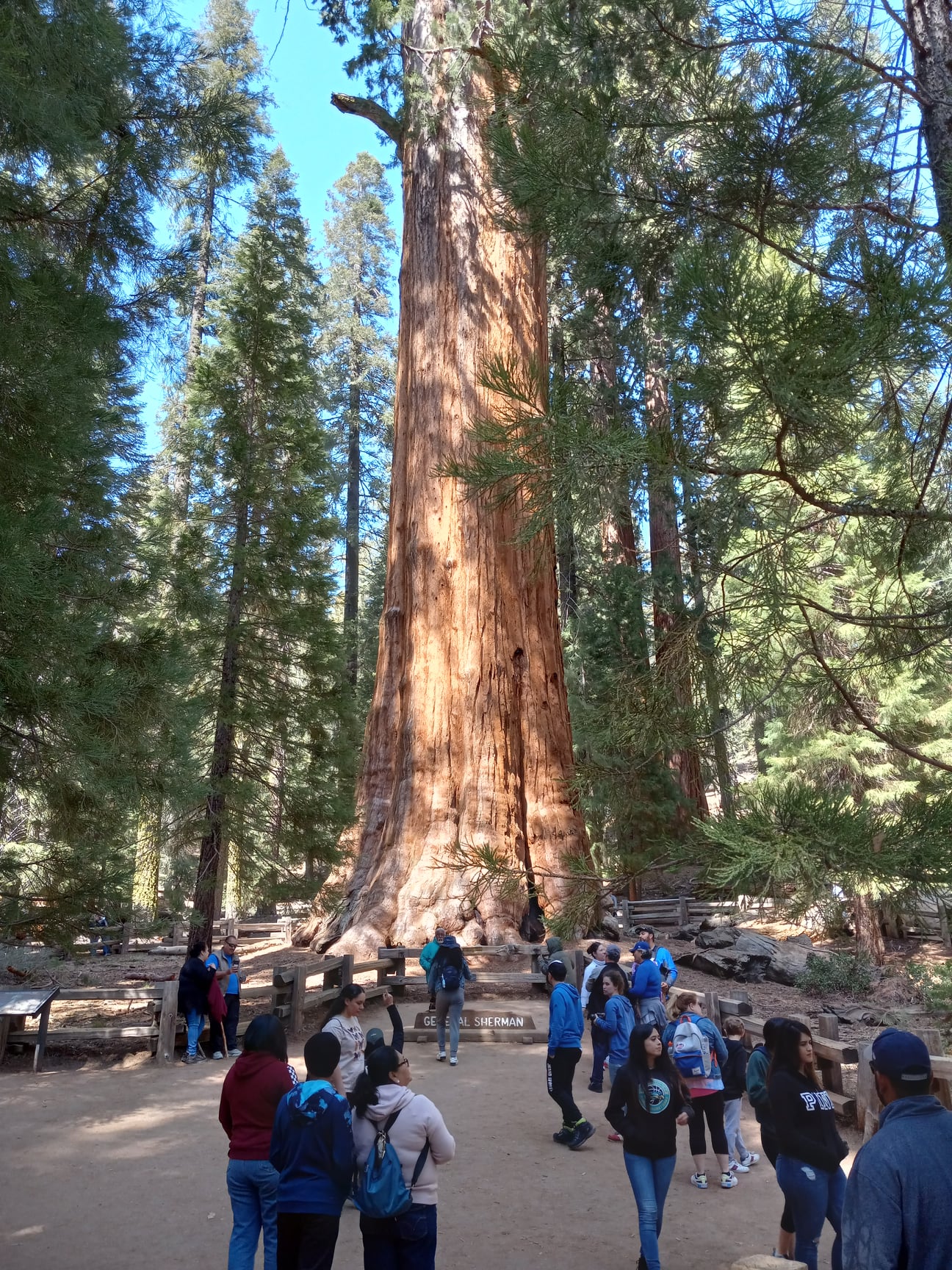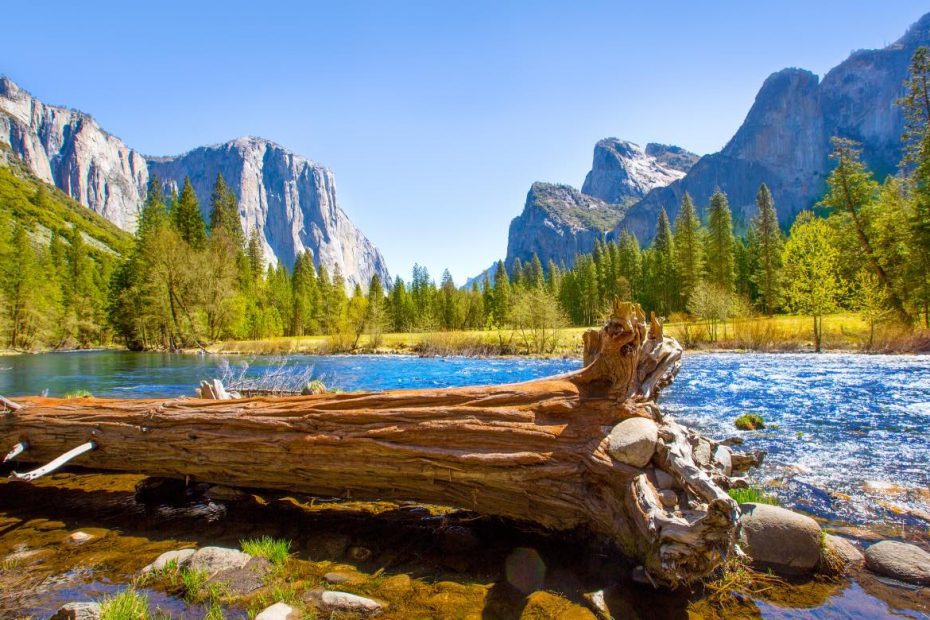Sequoia National Park Map-- Navigating the Giant Trees and Trails
Sequoia National Park Map-- Navigating the Giant Trees and Trails
Blog Article
Discover the Diverse Wild Animals Habitats Within Sequoia National Park
Sequoia National Forest is an environmental prize, showcasing a remarkable range of wildlife environments that contribute to its rich biodiversity. From the marvelous giant sequoia forests to the varied towering meadows, each setting plays a crucial function in sustaining various species, consisting of both usual and unusual fauna. The interplay of these environments not just fosters an one-of-a-kind ecological community however likewise underscores the importance of conservation initiatives in preserving this balance. As we take a look at the particular characteristics of these habitats, interesting questions arise concerning the interconnectedness of life within this amazing landscape.
Review of Sequoia National Park
Sequoia National Park, nestled in the southern Sierra Nevada hill variety of The golden state, is renowned for its spectacular landscapes and looming gigantic sequoias. Developed in 1890, it is just one of the oldest nationwide parks in the United States, committed to preserving the all-natural elegance and environmental honesty of this unique area. The park encompasses over 404,000 acres of varied surface, including majestic hills, deep canyons, and lavish meadows.

Site visitors can discover various hiking routes, ranging from leisurely walks to difficult backcountry courses, each using a special perspective of the park's grandeur. With its combination of natural wonders and entertainment opportunities, Sequoia National Park acts as an important shelter for both wildlife and those seeking to attach with nature.

Major Wildlife Habitats
The varied landscapes of Sequoia National forest create a mosaic of wildlife habitats that support a rich variety of species. These environments range from rich fields and dense forests to rough alpine areas and expansive river valleys, each providing distinct eco-friendly specific niches.
One popular environment is the huge sequoia woodland, characterized by towering trees and an abundant understory, which sustains different animals, birds, and bugs. The combined conifer forests, composed of species such as sugar want and white fir, deal additional sanctuary and food resources for wildlife.
Meadows and grasslands play a critical function in the park's ecosystems, acting as essential foraging premises for herbivores like deer and little creatures. These open locations likewise draw in diverse bird varieties, particularly during migration seasons.
The park's greater altitudes include alpine habitats, where problems are harsh and types are adjusted to make it through in such extremes (Sequoia National Park hour). Right here, one can locate distinct vegetation and animals that prosper in rocky, cool atmospheres
Flora and Animal Diversity
Within the diverse environments of Sequoia National Park, a remarkable selection of flora and animals coexists, showcasing the intricate connections that sustain the park's biodiversity. The park is home to over 1,300 plant species, consisting of the iconic huge sequoias, which are amongst the largest and earliest trees in the world. These majestic trees supply necessary habitat and food sources for various wildlife, cultivating a complex internet of eco-friendly interactions.
Animal types in Sequoia National Park are just as varied, with environments varying from lowland foothills to high towering environments. Animals such as black bears, mule deer, and bobcats thrive in this abundant ecosystem, while bird varieties, including the magnificent golden eagle and the elusive seen owl, poise the skies. Amphibians and reptiles, like the Sierra amphibian and the western rattlesnake, also play important functions in maintaining eco-friendly balance.
The park's unique combination of altitude slopes and microclimates sustains these varied species, highlighting the significance of protecting the natural environments that allow such a rich tapestry of life to prosper. Understanding this variety is important for valuing the eco-friendly value of Sequoia National forest.
Preservation Initiatives in the Park
Preservation efforts in Sequoia National forest play a vital role in protecting its one-of-a-kind environments and the diverse varieties that populate them. The park uses a multifaceted strategy, consisting of environment repair, types keeping track of, and intrusive species management. These campaigns are important for maintaining the fragile balance of the park's ecological communities, which consist of giant sequoias, fields, and alpine environments.
Active reconstruction tasks concentrate on reestablishing native plant communities and refurbishing degraded environments. Sequoia National Park hour. This is specifically important in areas impacted by human task or all-natural disruptions such as wildfires. The park's biologists perform routine tracking of vital varieties, including the endangered Sierra Nevada bighorn lamb, to analyze populace health and notify monitoring methods
Intrusive varieties position a substantial danger to the park's biodiversity. With these thorough initiatives, Sequoia National Park makes every effort to protect its rich all-natural heritage for future generations while making sure the strength of its diverse wild animals environments.
Tips for Wildlife Observation
Observing wildlife in Sequoia National Park provides a distinct possibility to connect with nature and value the diverse species that flourish in this remarkable environment. To maximize your wildlife monitoring experience, consider numerous crucial pointers.
To start with, plan your go to during morning or late afternoon, as these times are most energetic for several animals. Bring binoculars to observe wild animals from a safe range without disturbing their all-natural habits. In addition, acquaint on your own with the species you intend to see; recognizing their behaviors and habitats can improve your possibilities of identifying them.
Patience have a peek at this site is critical; wild animals monitoring typically requires waiting silently and recognizing your environments. Keep on marked trails to reduce your influence on the ecological community and guarantee your safety. It is additionally a good idea to keep a respectful distance from pets, preventing any kind of activities that can stress them or disrupt their setting.
Finally, consider joining guided trips led by experienced park rangers. These experts can offer beneficial insights and enhance your chances of experiencing wild animals in their natural setups. By complying with these suggestions, you can enrich your experience and add to the conservation of Sequoia's wildlife.

Conclusion
Sequoia National Park works as a vital sanctuary for diverse wild animals, showcasing a remarkable range of habitats that sustain numerous species. The interaction between huge sequoia forests, combined conifer forests, fields, and towering regions fosters a rich ecological tapestry. Ongoing preservation initiatives are important for preserving these habitats and the special vegetation and animals that inhabit them. Eventually, the park's biodiversity highlights the relevance of preserving such all-natural landscapes for future generations.
Please visit one of our local supporters - Wholesale Liquidation Pallet Dewalt Tool Packs
Report this page